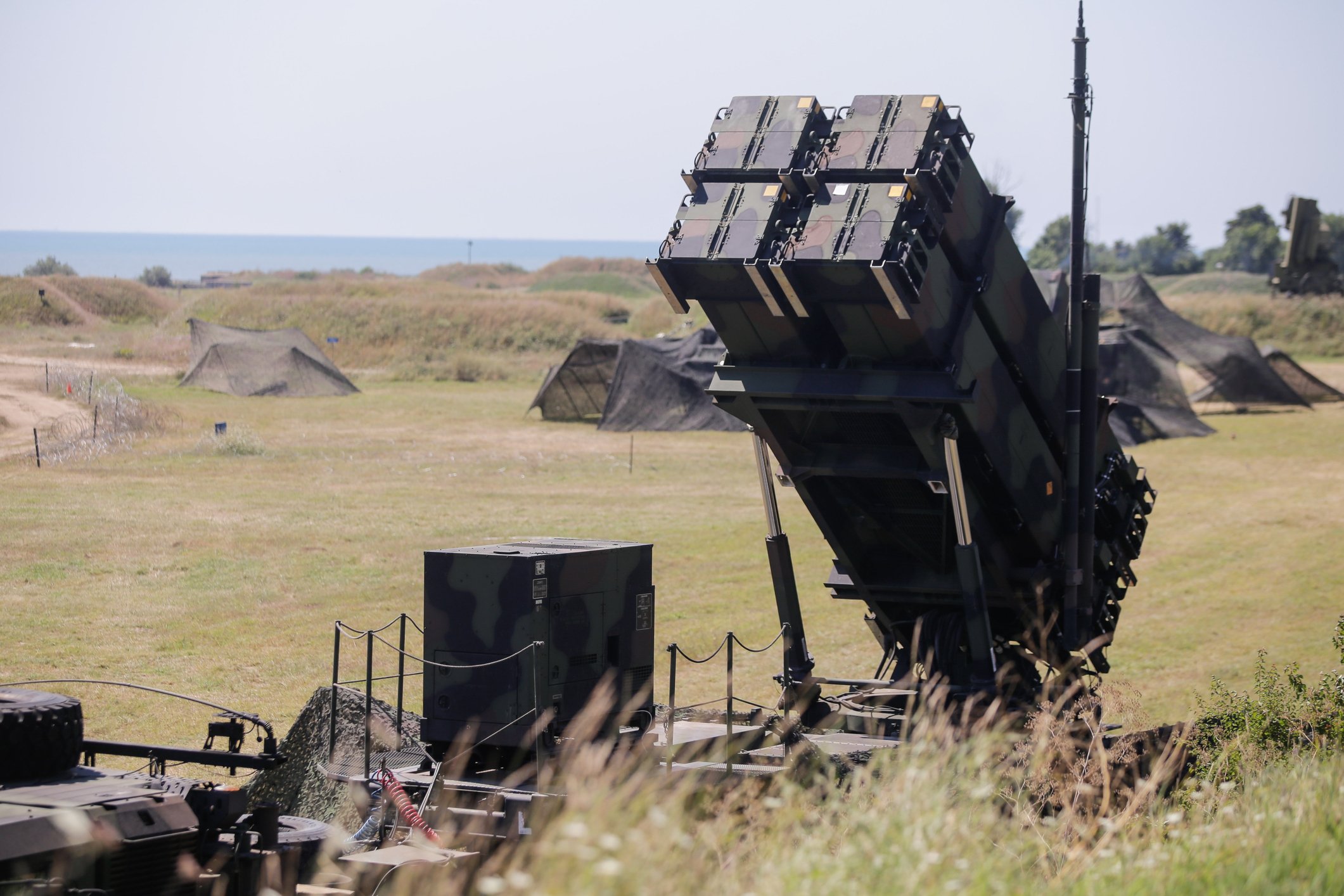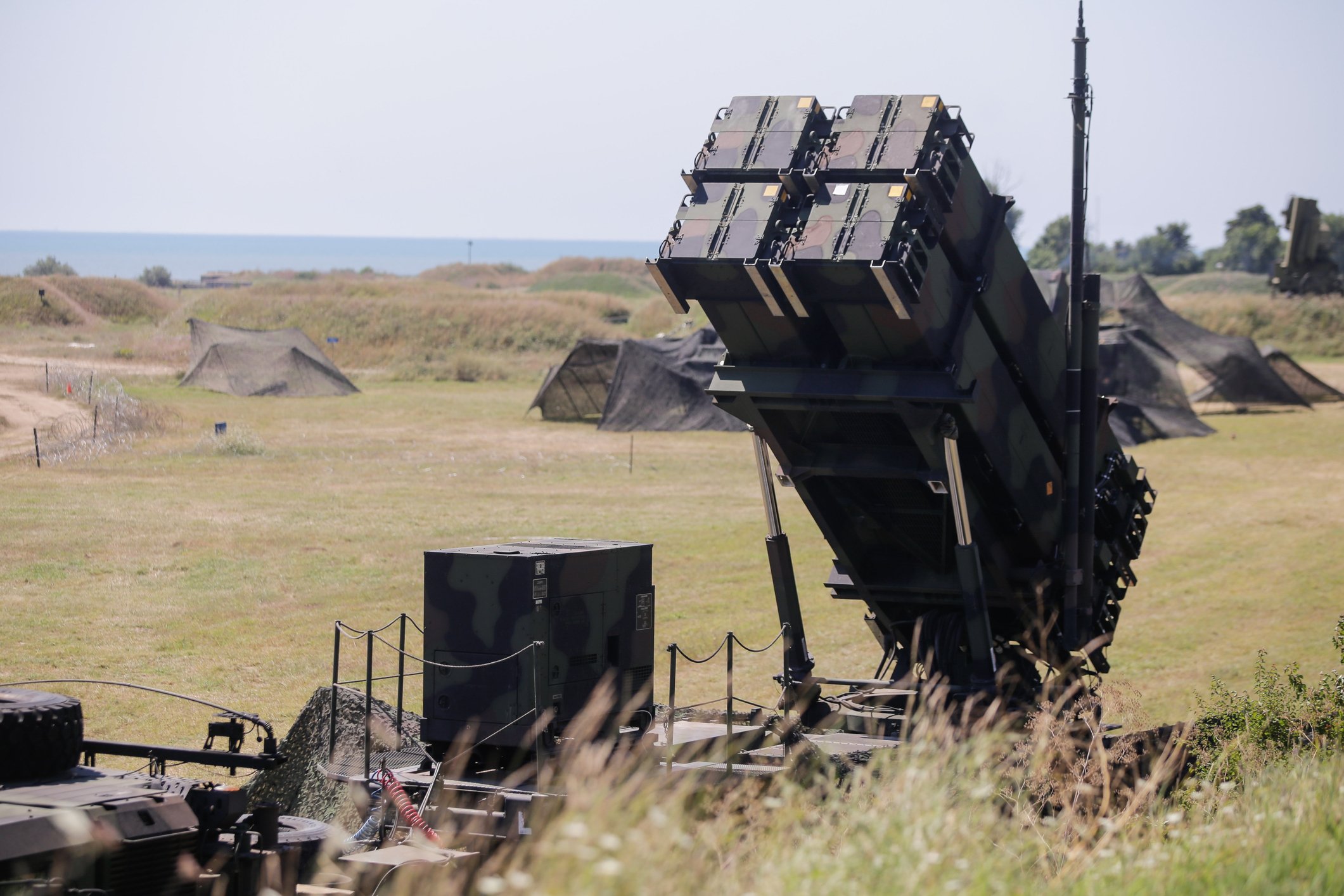Barely two months removed from President Donald Trump telling Pentagon planners to reduce spending in 2020, the White House is now talking about a massive budget increase. Defense investors should tread cautiously and not overreact to comments made at the very early stages of what are likely to be prolonged negotiations.
Politico reported on Dec. 9 that Trump had told Defense Secretary Jim Mattis to submit a $750 billion budget request for fiscal 2020, which would be a substantial increase over the $733 billion figure that military officials had been discussing internally. Trump's order is a sharp turnaround from October, when the president said that defense would have to join other agencies in cutting spending by 5%, indicating a target figure of about $700 billion.

There will be plenty of headlines in the months to come, but don't expect to know the details of the 2020 Pentagon budget until late winter 2019 at the earliest. Image source: Getty Images.
The Pentagon, for its part, had been expecting a flat budget after two years of significant increases, but certainly has no shortage of spending priorities.
The eventual figure will go a long way toward determining how quickly the U.S. moves to increase the size of the Navy, overhaul the Army, and invest in space and missile technologies. It's also likely to impact the growth rates of contractors across the industry, ranging from giants like General Dynamics (GD 2.23%) to smaller players like Huntington Ingalls (HII 2.42%) and Textron (TXT 1.14%) among many others, over the next few years.
Here's a breakdown of the upcoming budget battle, and how investors should prepare.
A long and winding road
It's best to think of Trump's number as the opening bid in negotiations that could continue well into 2019. With the Democrats taking control of the House of Representatives in January, the White House faces an uphill battle winning support for its fiscal 2020 budget. House Democrats are eager to flex their newfound muscle, and the president's party is split between deficit hawks who want to see spending come down and those who believe military spending must increase.
That's not to say there is no good news for investors in the president's revised number. If the White House goes into negotiations pushing for an increase instead of a cut, the odds improve that the eventual number comes in higher and not lower. It's going to be much easier for defense advocates in Congress to win the day with the White House on their side than it would be if the president is using his bully pulpit to prioritize deficit reductions.
Politico said Trump went to $750 billion as a "negotiating tactic" to help ensure the eventual number is at least the $733 billion figure that defense officials are pushing.
There was ample reason to be skeptical about Trump's call for cuts even before the White House reversed course. The bipartisan National Defense Strategy Commission, put together in 2017, last month released a report saying that U.S. military strength has "eroded to a dangerous degree," calling available resources "clearly insufficient," and advocating for spending increases.
While lawmakers talk a good game on fighting deficits, few politicians want to be seen as weak on defense. In the current climate, with tensions running high with Russia, China, North Korea, and the Middle East, and with reports like the NDSC's statement part of the Washington conversation, a significant decrease in Pentagon spending was likely never in the cards.
At best, we won't know the official Pentagon number until late winter, but if recent history is a guide, it wouldn't be a surprise if the negotiations drag out into the fall of 2019. Expect to hear plenty of rhetoric from all sides as the process plays out.
What investors should do
The Spade Defense Index underperformed the S&P 500 by nearly 6% from early October through Dec. 7 on concerns about a budget cut. On Monday, Dec. 10, following Trump's reversal, most defense names were solidly in the green even before the overall market started to rebound from substantial early losses. Both Northrop Grumman (NOC 1.47%) and Lockheed Martin (LMT 1.09%), for instance, were up nearly 5%, while Raytheon (RTN +0.00%) picked up almost 4%. History will likely show that both responses were overreactions.
While the official Pentagon spending number for fiscal 2020 will likely not be known for some time, it's safe to assume that military spending will trend upward over time and contractors will benefit. Investors would be wise to block out the headlines -- both positive and negative -- in the months to come and focus instead on high-quality companies like Lockheed Martin, and companies with specific growth catalysts, like Textron and General Dynamics.
As usual, buying and holding good companies and ignoring the short-term noise is the best strategy. Investors need not get too defensive when trading the defense stocks.










